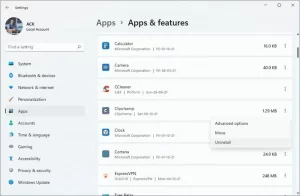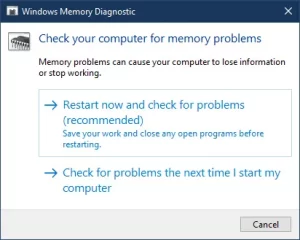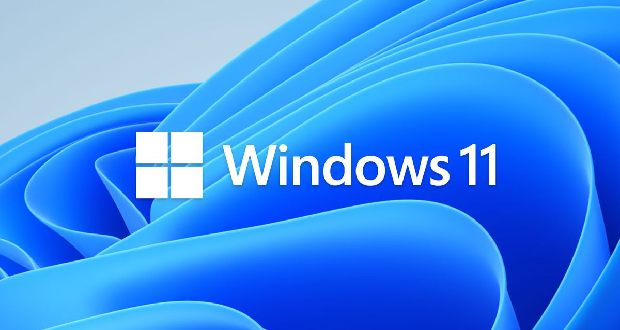How to Free up, Reduce or Limit RAM usage in Windows 11
Excessive RAM consumption in Windows 11
You may have noticed that your Windows 11 system is taking a performance hit, which can lead to crashing, hanging, or unresponsive issues. This is primarily because the computer sometimes uses a lot of RAM. This post provides ways for Windows 11 users to free up, reduce, or limit RAM usage on their devices.
How to free up, reduce or limit RAM usage in Windows 11
Windows 11 comes with many new features and improvements compared to previous versions of Windows, most of which are heavy on system resources. Microsoft encourages installing Windows 11 only on supported hardware, although PC users can install Windows 11 on unsupported hardware. However, some PC users may experience high RAM consumption when running Windows 11 on supported or unsupported hardware with the minimum required specifications.
Some new features suggested for users to disable include Microsoft Teams and Widgets, which will pin icons to the taskbar alongside all the usual options, such as the Start menu and Task View. Microsoft Teams and widgets run Microsoft Edge WebView2 processes in the background.
So, those who don’t use these new features daily and want to reduce their Windows 11 RAM usage and improve performance can right-click on both and remove the icons. This will prevent WebView2 processes from launching when Teams is launched. However, you may not notice a significant improvement in your daily usage. Still, running more apps or web applications on your device will help reduce the number of concurrent WebView2 processes in the background.
For much better and ideal management of memory consumption without removing or disabling the new features of Windows 11 on your device, you can try the following methods:
1. Restart
As soon as you notice the increased memory while running Windows 11 on your device, you can restart your computer. To completely erase the contents of RAM and restart all running processes, including those you are not. You will need to restart your PC to perform this memory cleanup periodically. Also, when your computer feels slow and you haven’t restarted the device.
2. Make sure apps, and Windows 11 are up to date.
Operating system bugs are known as a system resource. Therefore, PC users are always advised to ensure that Windows 11 OS is updated on time. Along these lines, you should always ensure that installed apps are updated on time, not just for security reasons. The latest apps can include optimizations and improvements so that the app consumes less RAM overall when in use. An updated app may include fixes for memory leak issues that the app may have.
3. Run a malware scan
Sometimes, if your Windows 11 is infected with virus/malware, you may experience high RAM usage. So, ensure the security software installed on your device is fully up-to-date, and then manually run a full malware scan to disinfect and eliminate memory-consuming software or processes.
4. Clear the memory cache
Typically, more memory is consumed if more programs run on your system. Keep in mind that some programs launch multiple processes at startup, each of which takes up memory. So, closing programs when not in use may help, but sometimes, the program’s memory allocation to the process is still not freed. In this case, it becomes necessary to clear the cache and free up RAM resources, which can then be allocated to other processes.
5. Delete unused programs

One way to reduce RAM usage is to stop apps that you never use from using them. If you have apps that you haven’t opened or used in months but are still running in the background, they’re potentially eating up memory resources. In this case, you can uninstall those programs. Suppose you don’t want to uninstall a program because you only use it occasionally. In that case, you can choose not to open or run it at startup, as most programs are set to run automatically every time you log in if you rarely use them. It is unnecessary.
Additionally, check and disable any browser add-ons you do not use. This is necessary because every add-on you add to your browser consumes extra memory, so removing new add-ons is an easy way to reduce RAM usage on your device further.
6. Enable ReadyBoost
If the computer you are running Windows 11 on is old and has less RAM, you can use ReadyBoost. However, this feature is of limited use today, as ReadyBoost will not provide any performance improvements if your computer has an SSD. This is because an SSD is faster than a flash drive, so file paging is more efficient than using a USB drive as RAM. Additionally, PCs these days come with more RAM by default, so there won’t be any significant gain compared to older machines with a hard drive installed.
7. Run the Windows memory diagnostic tool (Windows Memory Diagnostic)
Run the Windows Memory Diagnostic Tool. You can use it to check for possible memory problems, including testing your computer’s random access memory (RAM). This tool helps you discover bad memory and memory problems and usually takes 20 minutes to complete.
You will receive a notification if Windows 11/10/8/7/Vista detects a RAM usage problem. Click on the notification to open it. If you want to run the Windows Memory Diagnostic Tool on demand, do the following:
- Open the control panel and type “memory” in the search bar. Click on “Diagnosing computer memory problems” to open it.
- You can also type “matched” in the Start search and hit Enter to open it.
- Choose between two options for when to run the Memory Diagnostics Tool.
- Now you can reboot and check for problems.
- Or you can choose to check for problems the next time you start the computer.

If you decide to restart your computer and run the tool immediately, make sure you save your work and close all your running programs. When you restart Windows, the memory diagnostic tool will run automatically.
Two tests will pass.

8. Install additional RAM.9. Install additional RAM.
How much is RAM normal to use?
8GB is fine for most general-purpose PCs (with gaming PCs and high-end workstations up to 16GB or more). And for what percentage of RAM is considered normal, for a computer running on Windows, average usage of 15-30% is expected in idle mode. This percentage is due to the stored memory of the operating system, its drivers, and various programs, along with the stored data.
We hope that after reading this article, the problem of RAM consumption in your Windows 11 has been resolved.











